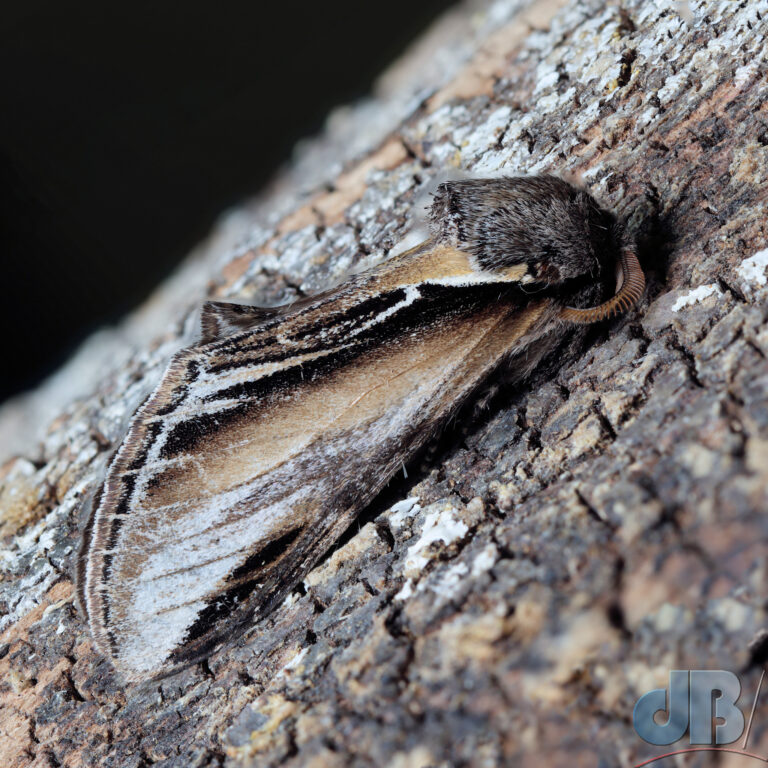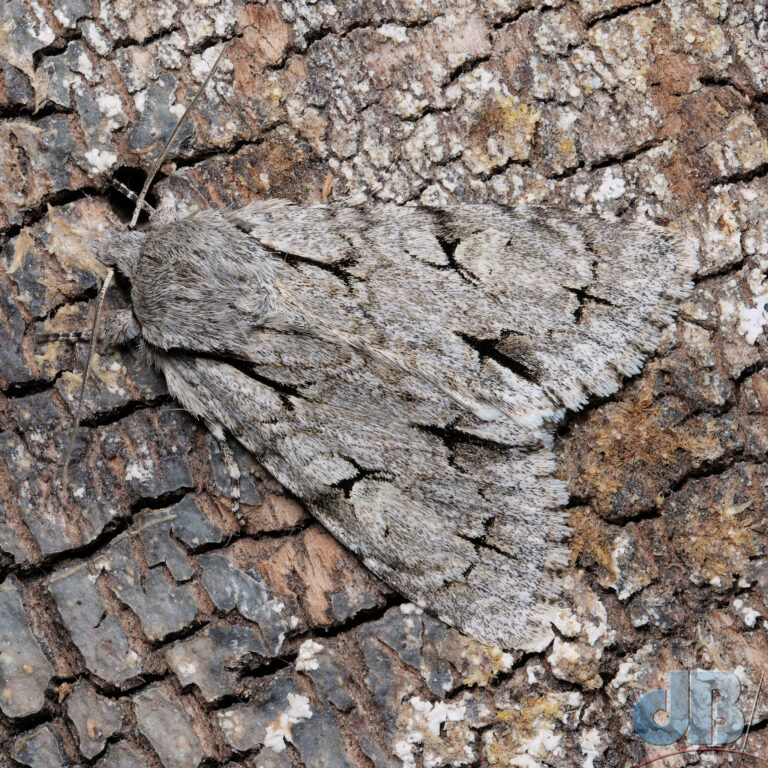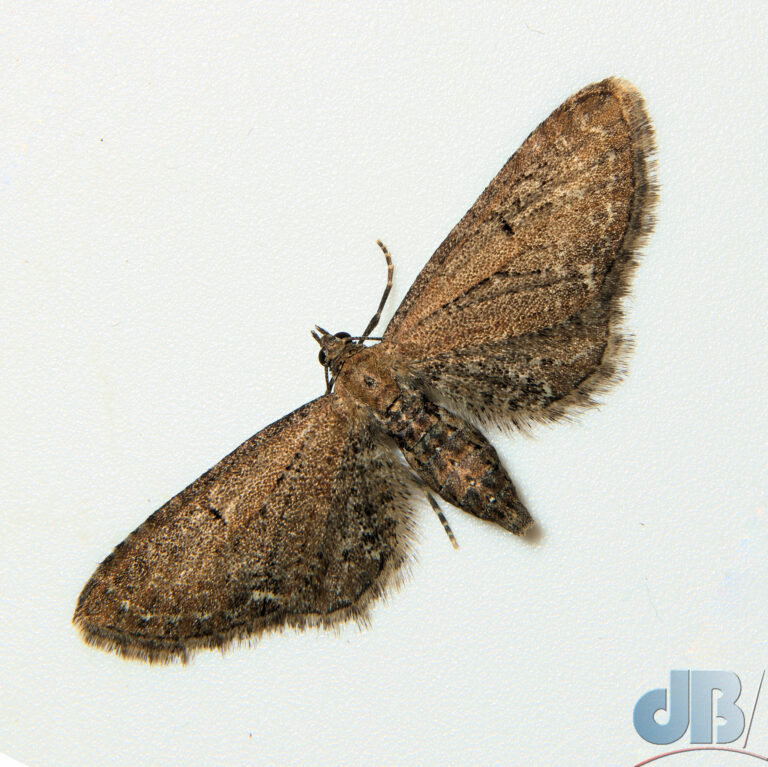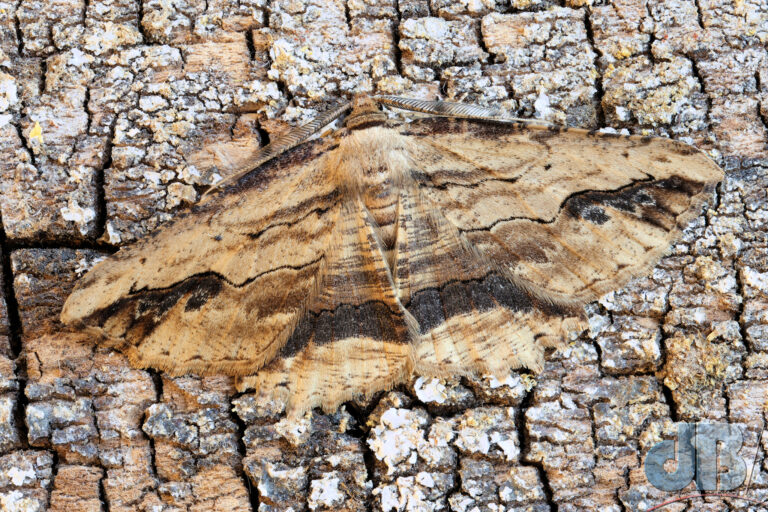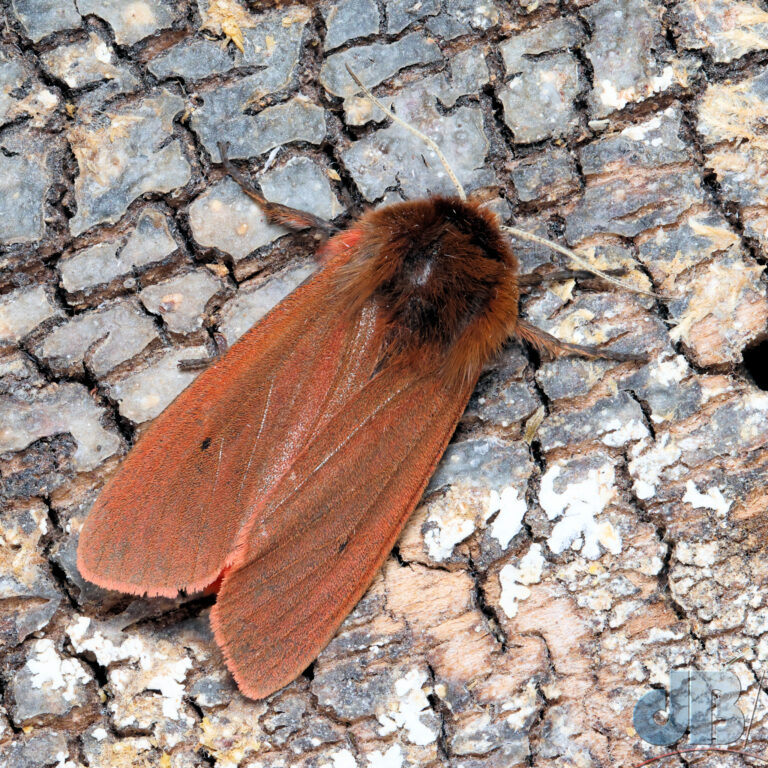This tiny little creature is the Diamond-back Moth, Plutella xylostella. It’s just a few millimetres long, so snapped with a 30mm extension tube on a Tamron 90mm 1:1 macro lens on a Canon R7 to get as close as possible.
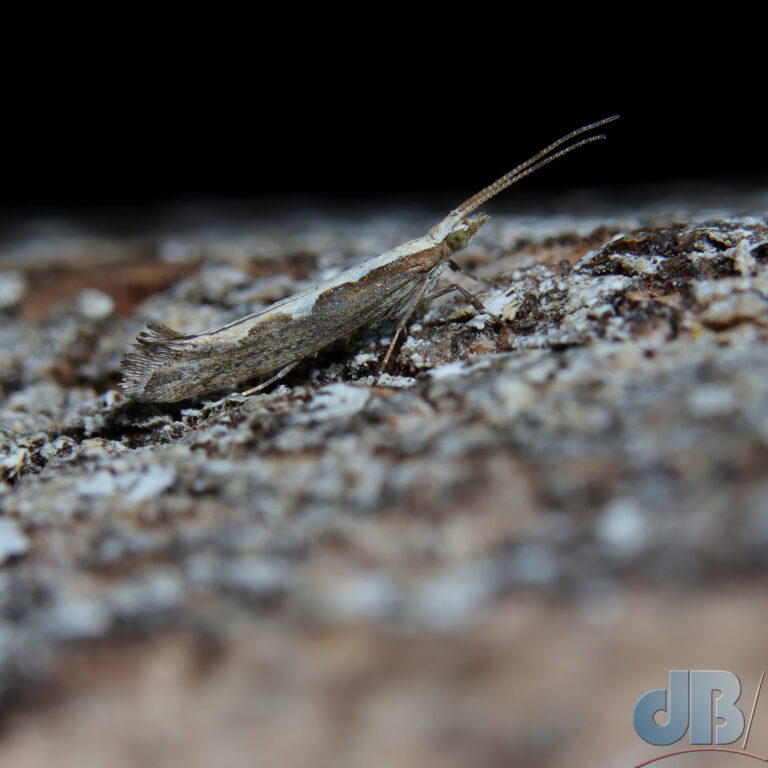
The image was focus stacked, in camera, to improve depth of field and then denoised and sharpened a little with Topaz Sharpen AI. There is a new Topaz product out now that replaces the original Sharpen and Denoise modules. If they send me it to review, I’ll give you the low-down, but it looks good from the demos I’ve seen. Final tweaks to levels and contrast, cropping, and logo done in PaintShopPro, which is a cheap and cheerful substitute for the more well known PhotoShop.
The species is a high-flying, long-distance migrant, that probably originated in Europe, specifically the Mediterranean, or possibly South Africa, it’s present the world over now.
It’s sometimes known as the Cabbage Moth, although not to be confused with another species with that vernacular name. It does eat brassicas. Farmers who plant wintercress on the margins of the brassica fields will generally find that the female of the species will be more attracted to the wintercress than the cabbages etc.
Unfortunately for the moth, while watercress is attractive it is inedible for the larvae that hatch and they die. This biological answer avoids pesticide use and given that the species has evolved resistance to pesticides seems like a good way forward for protecting crops.
Also, new for the year (NFY) in our garden last couple of trapping nights: Swallow Prominent, Ruby Tiger, Waved Umber, Common Pug, Dagger (Grey or Dark no way to know without genital dissection).
